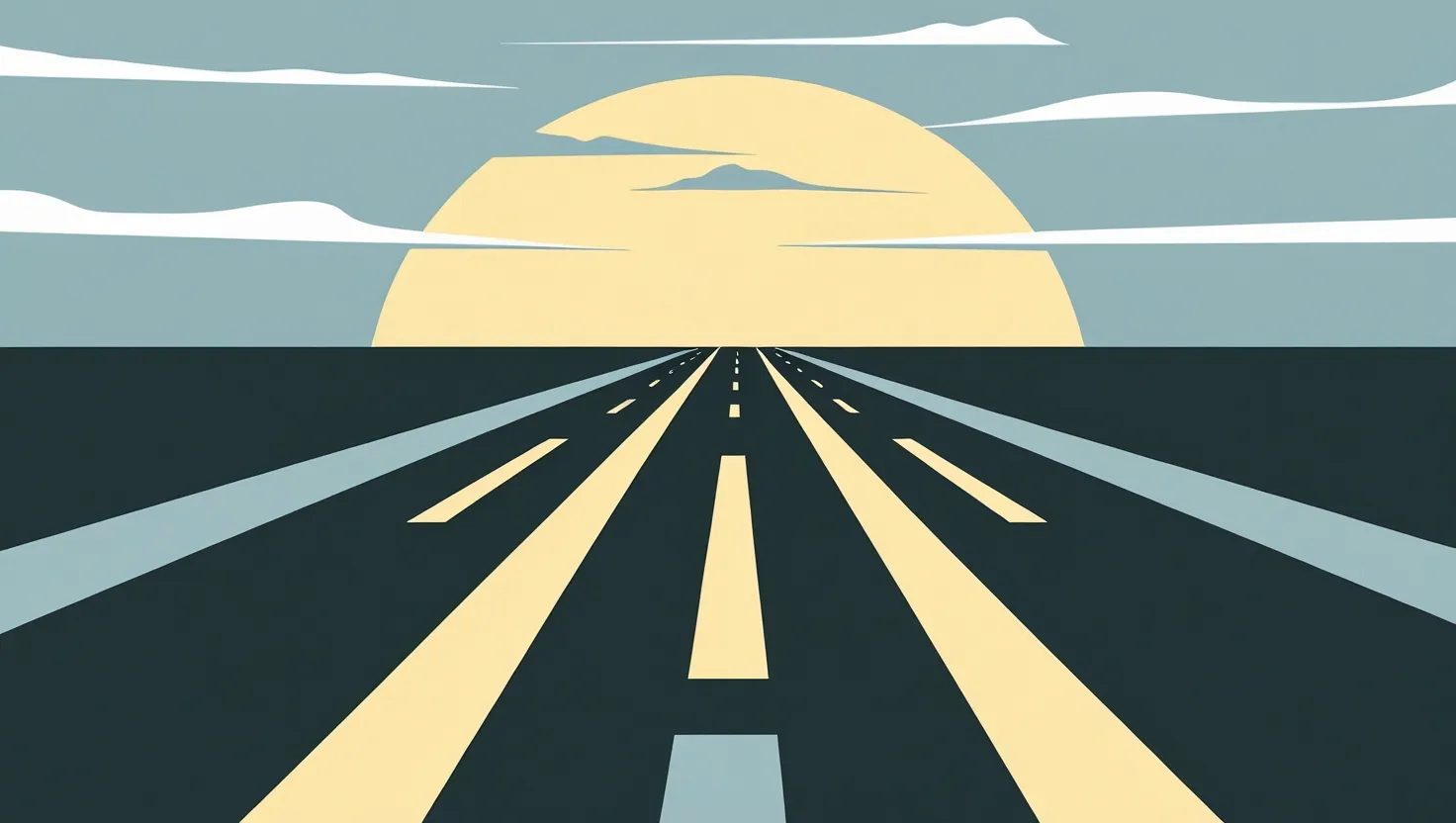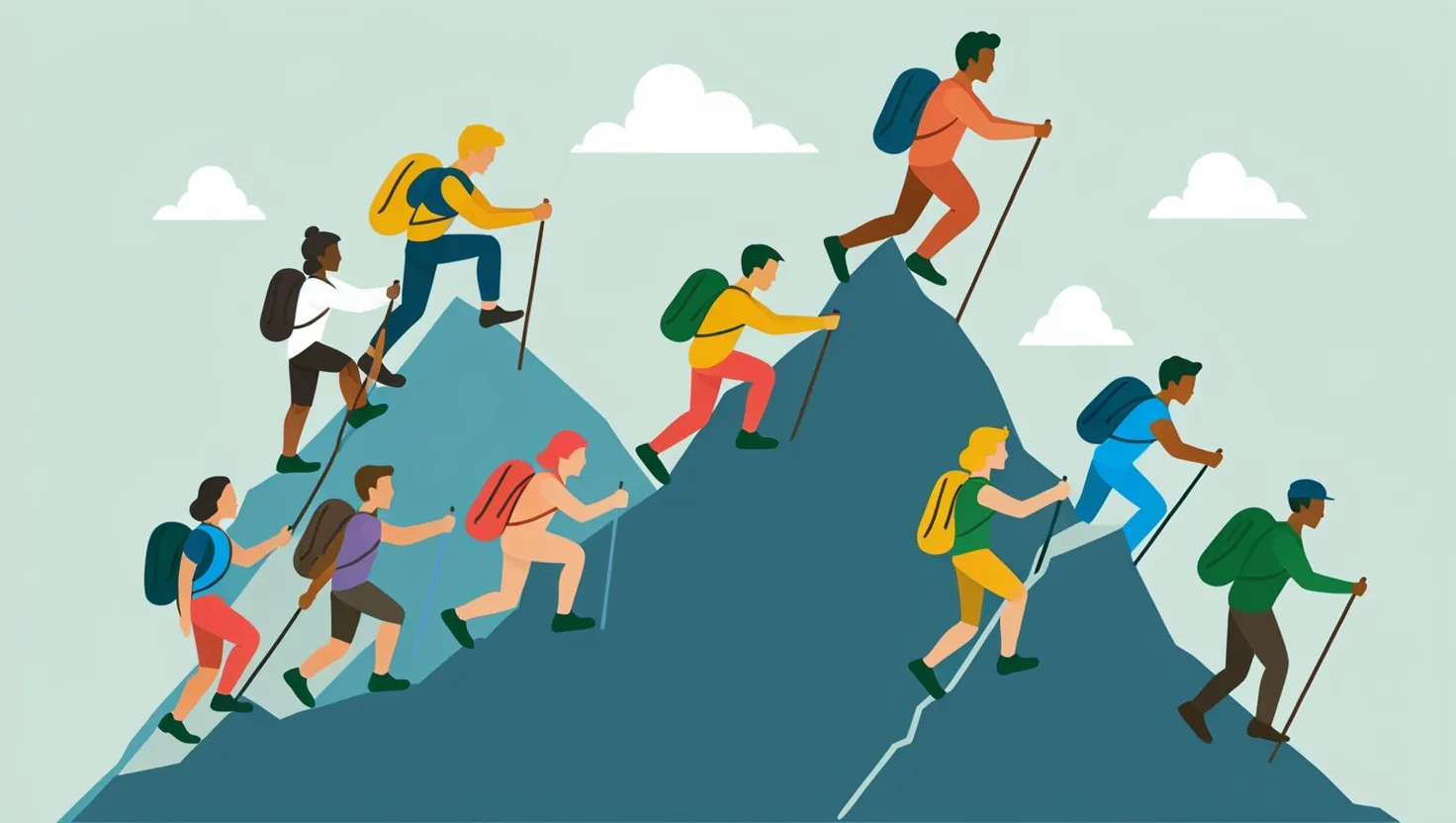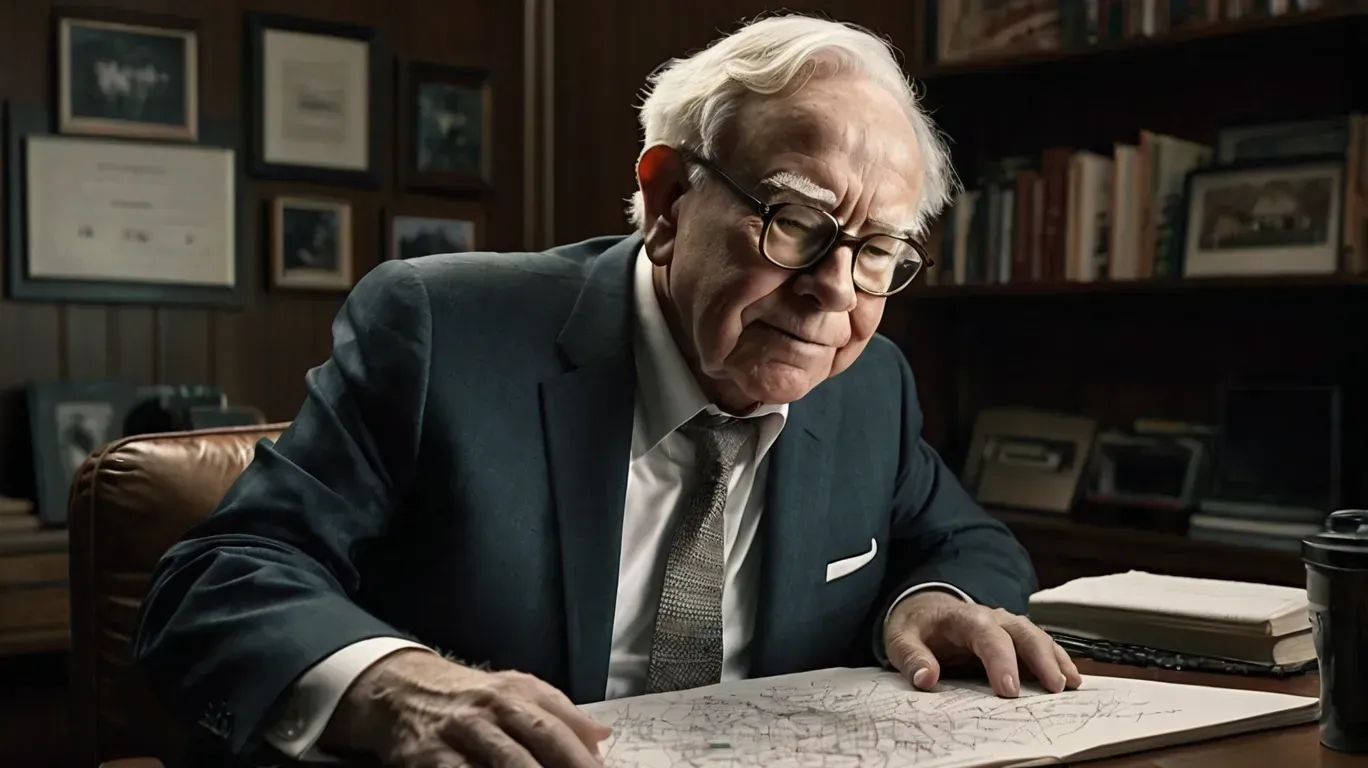Making good decisions is a skill we can all improve, yet most of us rely on flawed mental shortcuts and gut instincts when faced with important choices. The Heath brothers offer a refreshing approach in their book “Decisive” that can transform how we tackle decisions big and small.
Let’s start by widening our options. How often do we fall into the trap of framing decisions as simple yes/no choices? “Should I take this job or not?” “Do we launch this product now or wait?” This narrow framing limits our perspective and creativity. Instead, we need to actively seek out additional alternatives.
When faced with a decision, I challenge myself to come up with at least three distinct options. This forces me to think more broadly and often leads to innovative solutions I wouldn’t have considered otherwise. For example, if debating whether to accept a job offer, I might consider: 1) Take the job as offered, 2) Negotiate for better terms, 3) Decline and focus on starting my own business, 4) Accept part-time to test it out while pursuing other opportunities.
“The test of a first-rate intelligence is the ability to hold two opposed ideas in mind at the same time and still retain the ability to function.” - F. Scott Fitzgerald
This quote reminds us that embracing multiple perspectives, even contradictory ones, is a sign of mental agility. By considering a range of options simultaneously, we expand our thinking and increase the likelihood of finding an optimal solution.
Once we’ve broadened our options, it’s time to reality-test our assumptions. We all have cognitive biases that can cloud our judgment. Confirmation bias leads us to seek out information that supports our existing beliefs while ignoring contradictory evidence. To combat this, we need to actively look for information that challenges our initial perspective.
One effective technique is to ask, “What would have to be true for this option to be the best choice?” This reframes our thinking and helps us identify the key assumptions underlying each alternative. Then we can focus on testing those assumptions through research, experiments, or seeking diverse opinions.
Have you ever made a decision you later regretted because you didn’t have all the facts? How might you approach gathering information differently next time?
Creating emotional distance is crucial for making clear-headed decisions, especially when the stakes are high. Our immediate gut reactions are often driven by short-term emotions that can lead us astray. The Heaths suggest using the “10/10/10” rule: How will we feel about this decision 10 minutes from now, 10 months from now, and 10 years from now?
This simple exercise helps put things in perspective. A choice that seems monumental in the moment may have little long-term impact. Conversely, an option that feels uncomfortable now could yield significant benefits down the road. By mentally projecting into the future, we can better align our decisions with our true priorities and values.
“The best way to predict your future is to create it.” - Abraham Lincoln
Lincoln’s words remind us that our decisions shape our destiny. By taking a long-term view, we empower ourselves to make choices that will create the future we desire, rather than simply reacting to immediate circumstances.
Preparing for failure may seem pessimistic, but it’s actually a powerful tool for making better decisions and increasing our chances of success. The Heaths recommend conducting a “pre-mortem” - imagining that your decision has failed spectacularly and working backward to identify what could have gone wrong.
This exercise serves multiple purposes. It helps us anticipate potential pitfalls so we can proactively address them. It also reduces overconfidence and encourages contingency planning. Perhaps most importantly, it gives us permission to voice concerns that might otherwise go unspoken, especially in group settings where there’s pressure to appear optimistic.
When was the last time you explicitly considered how a decision might fail? What insights did you gain from that process?
Finally, setting tripwires can help us stay on track and know when it’s time to reassess. Our decisions don’t exist in a vacuum - circumstances change, new information emerges, and what seemed like a good choice at one point may no longer serve us well. Yet inertia often keeps us locked into past decisions long after we should have changed course.
Tripwires are predetermined points that trigger us to review and reconsider. These could be based on time (reassess after 6 months), results (if sales don’t reach X by Y date), or specific conditions (if A happens, we’ll do B). The key is to set these tripwires in advance, when we’re thinking clearly and objectively.
“The greatest danger in times of turbulence is not the turbulence; it is to act with yesterday’s logic.” - Peter Drucker
Drucker’s insight highlights why tripwires are so valuable. They ensure we don’t blindly stick to outdated decisions but instead remain responsive to changing conditions.
Implementing these decision-making frameworks takes practice and conscious effort. Our brains are wired for quick, intuitive choices that served our ancestors well but often lead us astray in today’s complex world. By deliberately widening our options, reality-testing assumptions, attaining distance, preparing for failure, and setting tripwires, we can overcome our cognitive biases and make more thoughtful, effective decisions.
I’ve found that simply asking “What are we missing?” before finalizing any important decision can yield surprising insights. This open-ended question invites fresh perspectives and helps surface overlooked factors or alternatives.
It’s also valuable to recognize that not all decisions warrant the same level of analysis. For routine choices, relying on intuition and past experience is often sufficient. But for novel, high-stakes, or irreversible decisions, taking the time to apply these frameworks can pay enormous dividends.
Remember, the goal isn’t to achieve decision-making perfection - that’s impossible in our uncertain world. Rather, it’s to improve our process so that we consistently make better choices, learn from our experiences, and increase our chances of positive outcomes.
“Life is the sum of all your choices.” - Albert Camus
Camus reminds us of the profound impact our decisions have on shaping our lives. By honing our decision-making skills, we empower ourselves to create the future we desire, one choice at a time.
What decision are you currently grappling with? How might applying these frameworks change your approach? I encourage you to experiment with these techniques and see how they transform your decision-making process. You may be surprised at the clarity and confidence they bring to even your most challenging choices.






